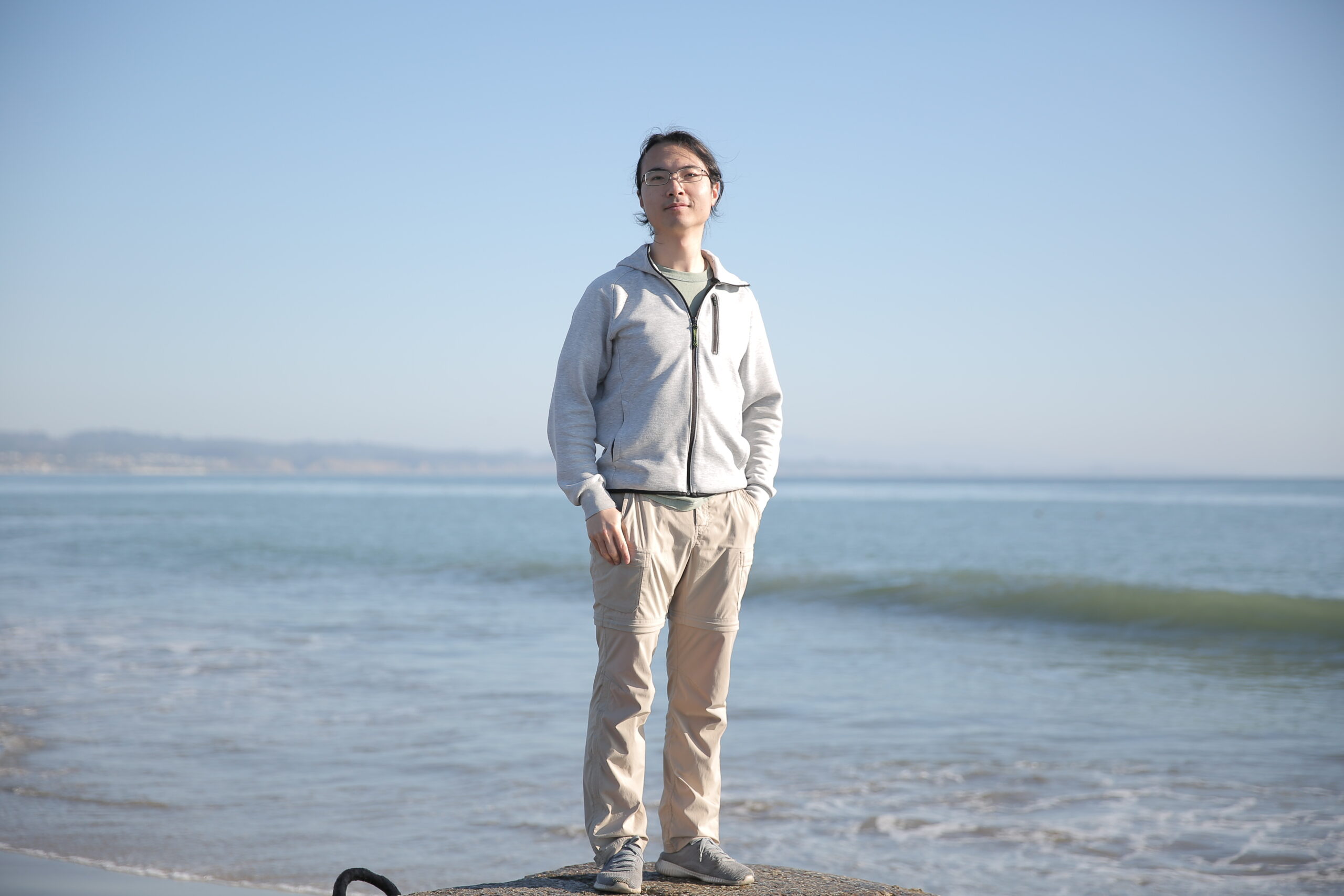
Dissertation Defense
Ultrafast Charge Separation and Relaxation in Novel Nanostructures
This event is free and open to the publicAdd to Google Calendar

Nowadays, a significant part of the research interest in optoelectronic devices is in making nanostructures such as heterojunctions, nanowires, quantum wells and quantum dots that dramatically change the electron behavior of the material compared to their bulk counterpart. In this dissertation, we applied ultrafast spectroscopy to study specifically the hot carrier separation and recombination dynamics in the CVD-grown monolayer molybdenum disulfide (MoS2) and graphene heterostructure, III-nitride quantum well LED structure and self-organized InGaN nanowires for photocatalysis.
For the MoS2/graphene heterostructure, by using ultrafast pump-probe spectroscopy, we observed efficient electron and hole separation within a few hundred femtoseconds by interlayer charge transfer from graphene to MoS2 monolayer following initial excitation and thermalization. The transfer-back process to graphene happens in multiple timescales, the dynamics of which after the thermalization can only be modeled by a Porter-Thomas distribution for the charge transfer rate because the transfer back process after the thermalization is dominated by the material disorder.
The III-nitride quantum well has been the most common LED structure since the 1990s. III-V compounds are also the only known material that can have tunable valence and conduction band levels that cover the chemical potential of a few important photochemical reactions such as water splitting and methane oxidation thus making them ideal for photocatalysis in converting solar energy into electrochemical energy. We studied the time-resolved photoluminescense (TRPL) and the time-resolved differential reflectance (TRDR) of the self-organized InGaN nanowires with different doping conditions. We also studied the temperature-dependent TRPL experiments and room temperature TRDR of the quantum disk-in-wire micro-LED structure that contains tilted quantum wells grown in semipolar directions. By comparing the time-resolved measurements of PL and DR we demonstrated a novel approach to resolving the charge separation in the nanowire and quantum well nanostructures.
Chair: Professor Ted Norris
 MENU
MENU 
